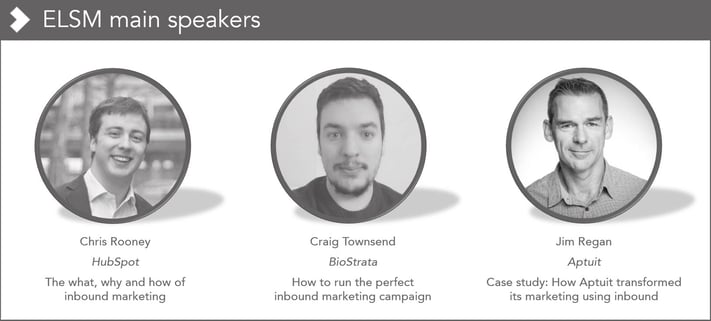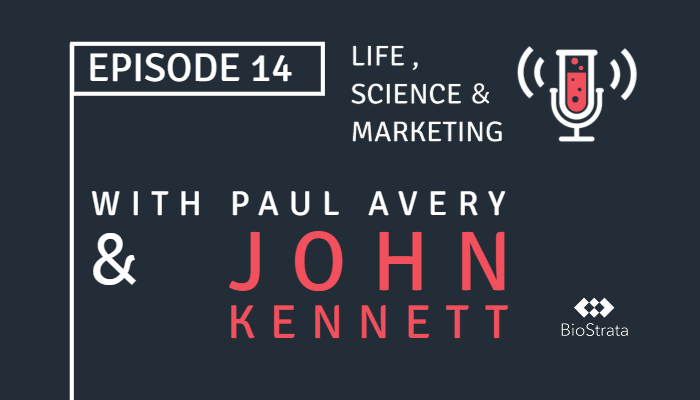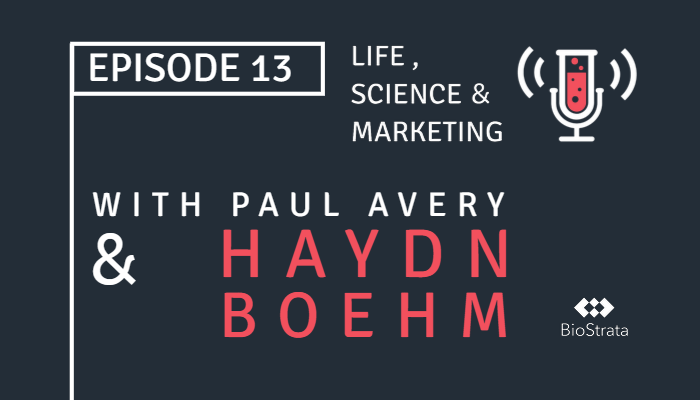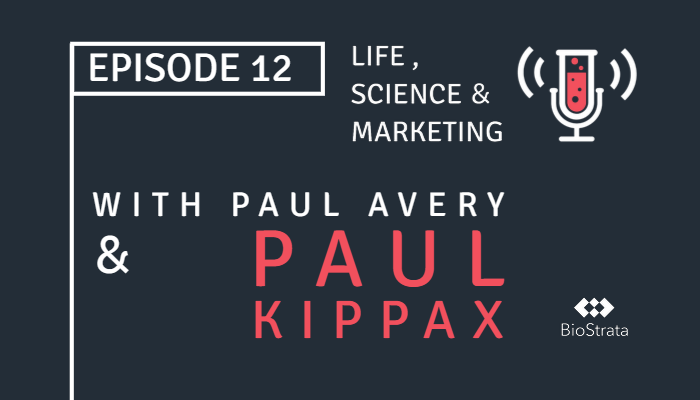Marketing has changed. It’s an inconvenient truth, but there’s no denying it at this point—the data is there for all to see. The tried-and-tested tactics we have relied upon in the past just don’t work as effectively as they used to, and buyer behaviour has evolved to tune out our interruptive messages. As life science marketers, if we want to engage and influence a modern scientific audience, we need to adapt to be successful. But how!?
Don’t worry, it’s not all doom and gloom. Far from it. Whatever is challenging for us, is challenging for other life science companies too. Which means that wherever there are challenges, there are also opportunities. If we innovate, we can get ahead of our competition and be the superhero that leads our company to greatness! We’re also entering a new golden age of marketing; at this point in time, we can have a bigger impact on the success of our company than ever before.
So what exactly are these challenges? And what do we need to do to turn them into opportunities? Well, as the opening speaker at the recent Evolution of Life Science Marketing Event (ELSM) held in Cambridge, UK, these are the very questions that I set out to answer, including reviewing the current marketing landscape, as well as predicting where things might be heading in the future. If you want to learn more and see some of the data for yourself, you can access the full video of my talk below (13 minutes long), or scroll down to read a short summary of what I covered.
The five truths that will shape life science marketing into 2018 and beyond
There were five major truths that I covered in my talk, all of which are having a significant impact on how successful life science companies are at being able to market, sell and attract the interest of their prospects. They are:
Truth 1. Many tried-and-tested tactics don’t work as well as they used to
Buyer behaviour has changed. Firstly, ubiquitous access to the internet has shifted the balance of power; while sales teams used to be the gatekeepers of the information that customers needed in order to make buying decisions, the internet has broken these barriers down so that everyone is equally informed. In addition, the rise of social media has changed how we source news, digest information and obtain recommendations from peers. Lastly, the ‘always connected’ lifestyle afforded by mobile technology means that all of this information is always accessible, wherever we are, whatever we’re doing.
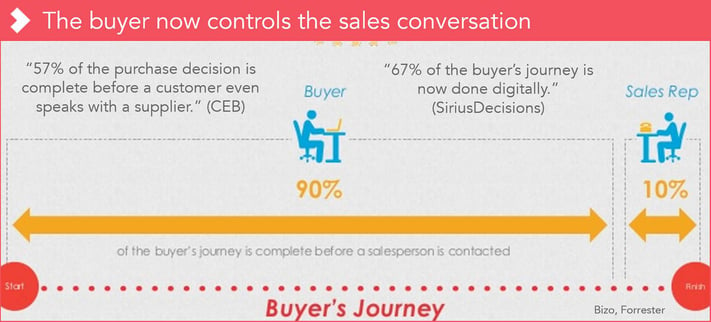
So what does this mean for life science marketers and sales pros? In short, we’re losing the battle for customer attention. Cold email open rates are falling, cold calling is losing its effectiveness and banner ads are rarely clicked on. Instead, life science professionals and scientists turn to Google to solve their problems, by seeking out informative content to help support their buying decisions [watch the video to see the data].
Truth 2. Proving the return on investment from marketing activities is more important than ever
At the same time as our tried-and-tested marketing tactics are losing their potency, our CEOs and company boards expect more from us than ever before; marketing is now firmly on the hook when it comes to tracking, demonstrating and proving that marketing generates a return on investment (ROI). In fact, when marketers were recently asked by HubSpot about their biggest challenges, proving ROI came second only to generating website traffic and leads. In short, we need new tactics with provable ROI and tracking systems to demonstrate that our efforts are delivering value for our company.
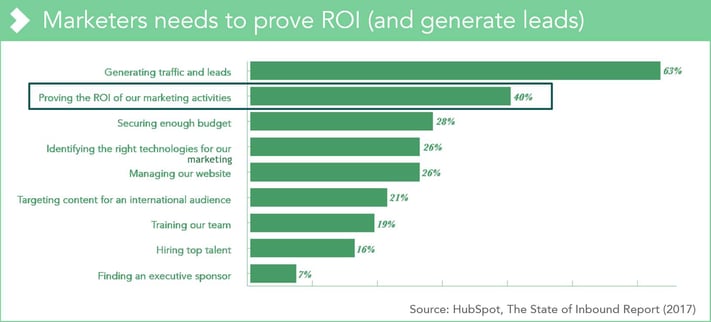
Truth 3. An integrated approach to marketing is essential for success
Sadly, the ‘Mad Men’ days of marketing are pretty much gone. Not only are modern marketers required to be as creative as their predecessors (including proficient in the art of storytelling), but they also need to be great at so many other things; commercial strategy, data analysis and analytics, social media, creative and technical writing, email marketing, pay per click (PPC), search engine optimisation (SEO), public relations and the ability to produce impactful content in a range of formats (from video and animations, to whitepapers, infographics and blog posts). Unsurprisingly, this is just too many skills to expect one person to possess. Multi-skilled, multi-disciplinary teams are essential for success (which means an increased focus on hiring, training and/or outsourcing to expert life science marketing service providers).
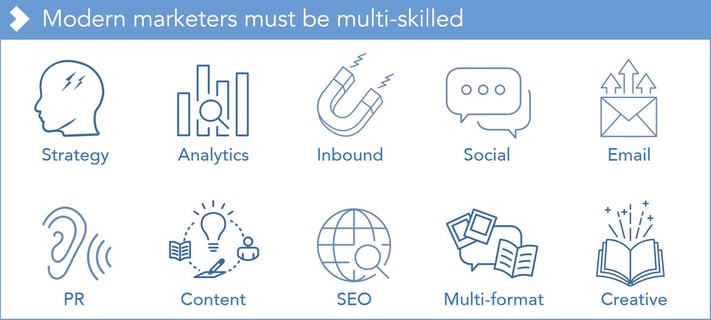
Truth 4. New technologies continue to offer opportunities to increase efficiency and optimise performance
Although so far in this blog post we’ve discussed a large number of challenges, the changing life science market also presents plenty of opportunities. For example, technology is helping life science companies to do more with less, boost efficiency, better track performance and link marketing activities to business outcomes (i.e. sales and revenue). For more details, check out the full video of my talk.
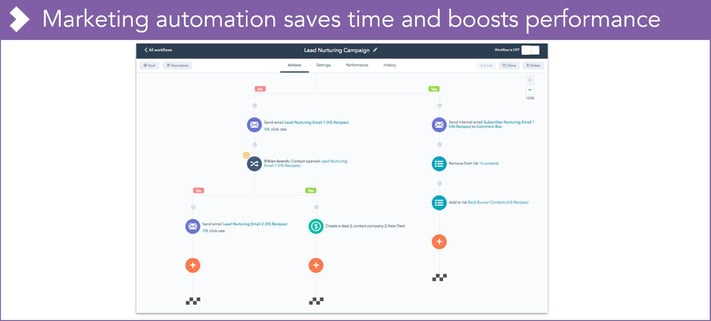
Truth 5. You can get better results using innovative new marketing approaches like inbound marketing
You can also combine new technologies with new marketing approaches to drive better results. One such tool is to use the life science inbound marketing methodology (watch this talk from Chris Rooney for full details on the what, why and how of inbound marketing). Marketers who use inbound approaches report that these methods generate higher quality leads compared to others, while also resulting in a higher ROI. In short, inbound marketing can supplement, or even replace, some of the traditional marketing tactics that are starting to lose their impact.
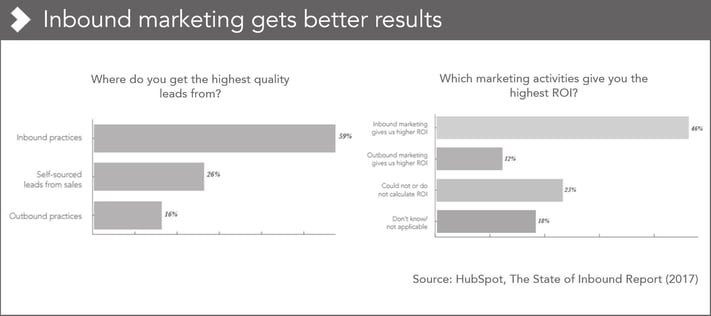
Where is life science marketing headed next?
To get further insights into what the most innovative, forward-thinking companies are thinking (and doing), check out my talk from the ELSM event, or access the full list of life science inbound marketing sessions below!
